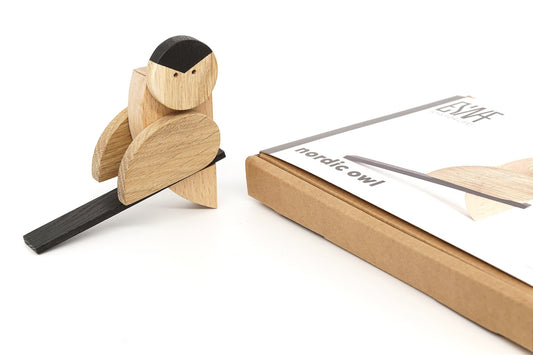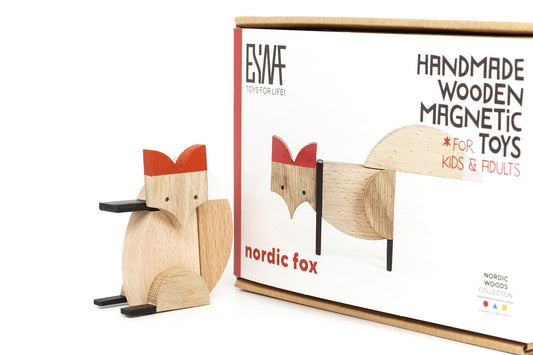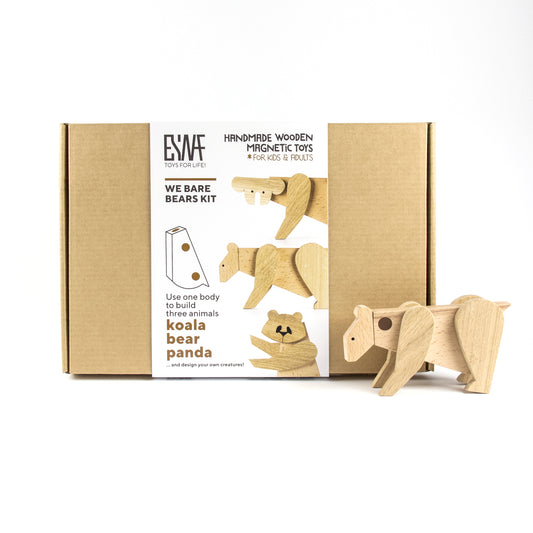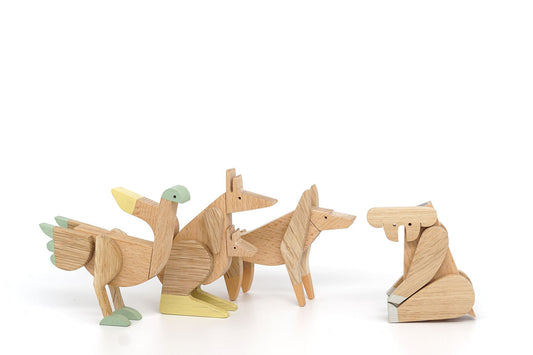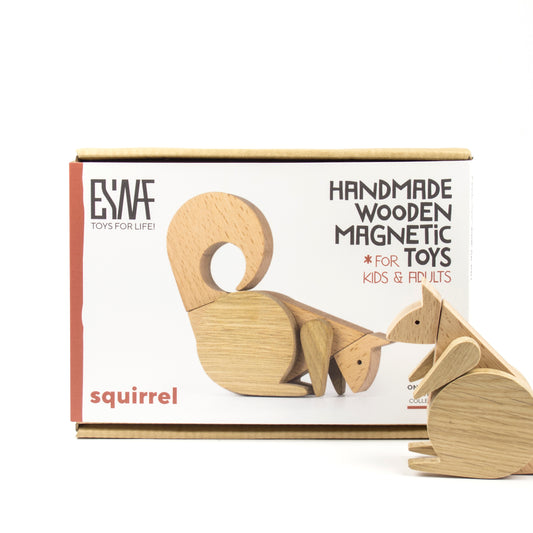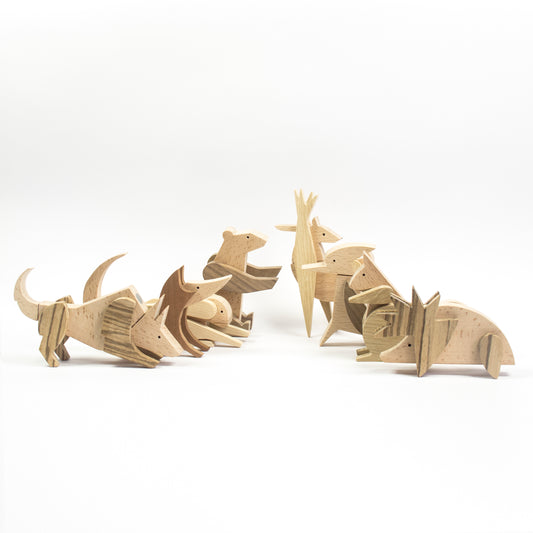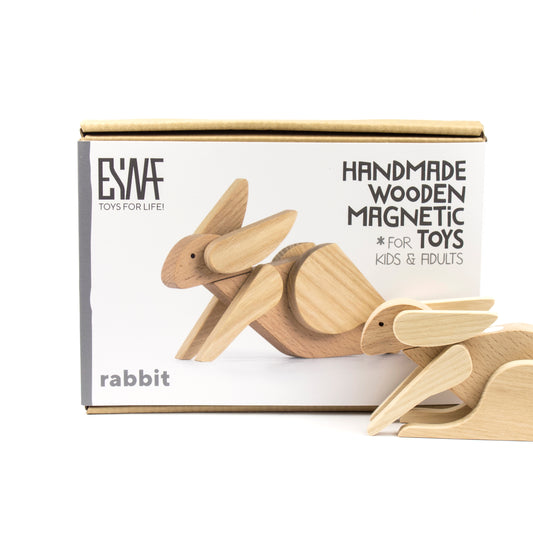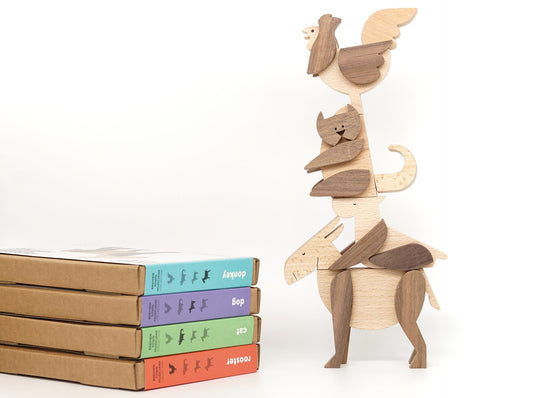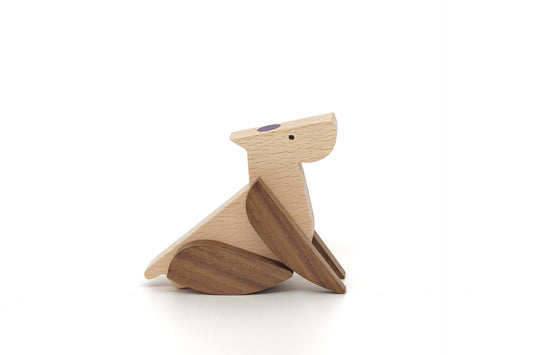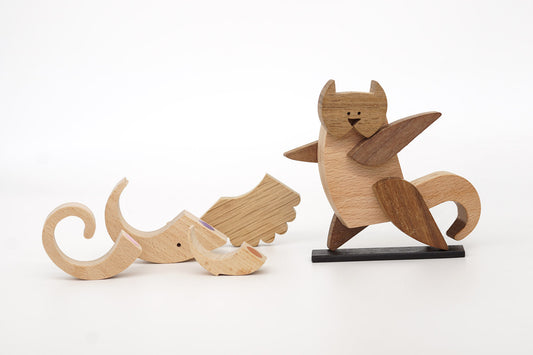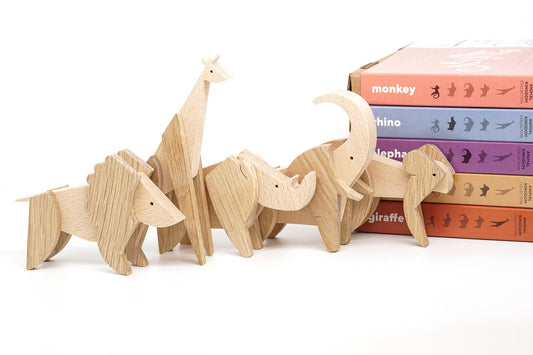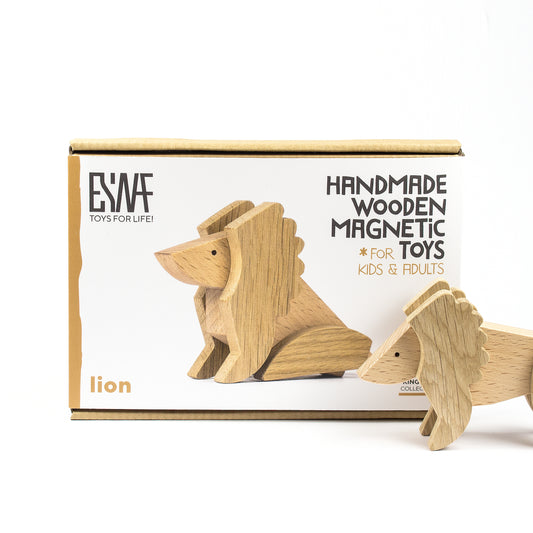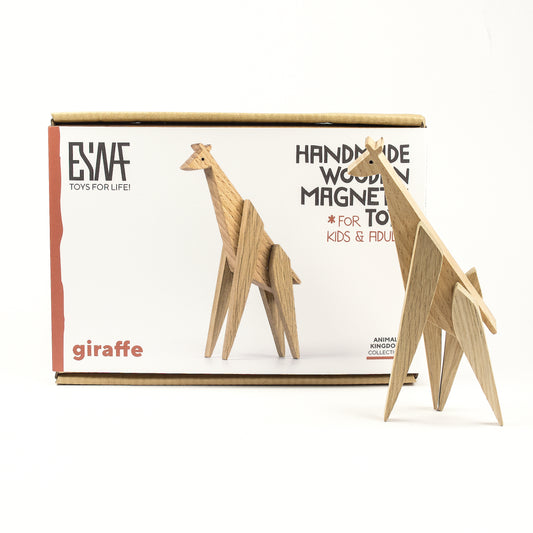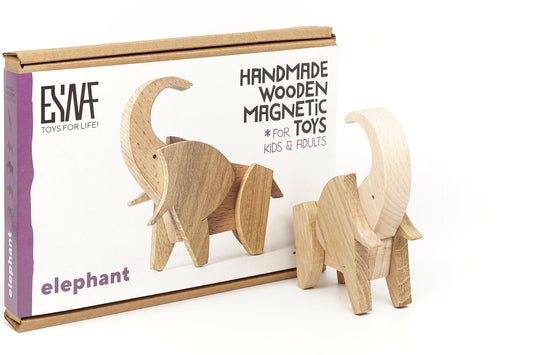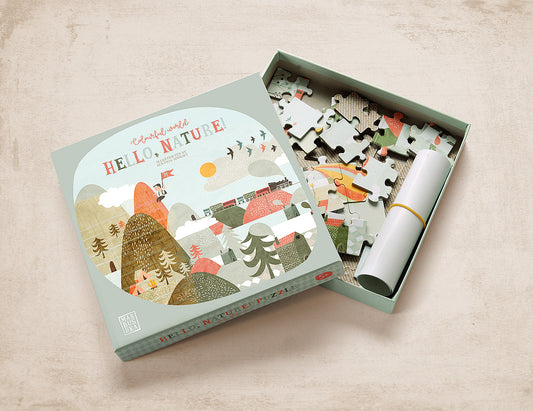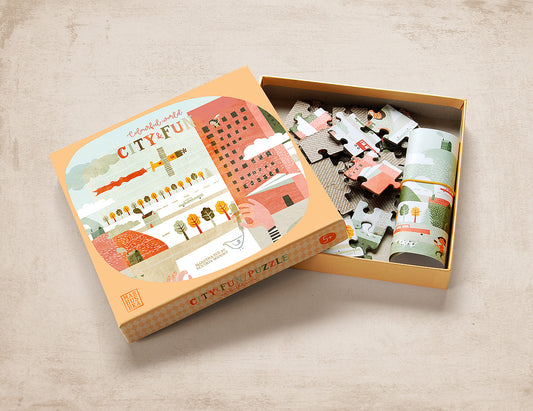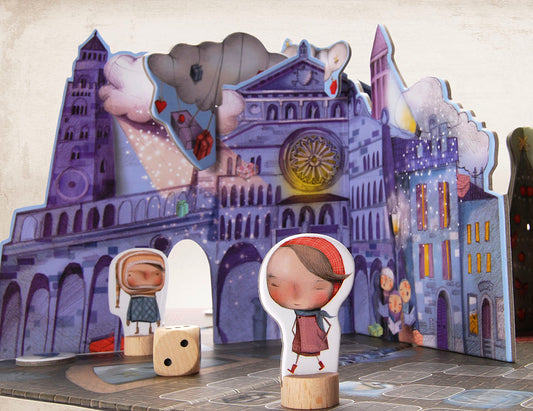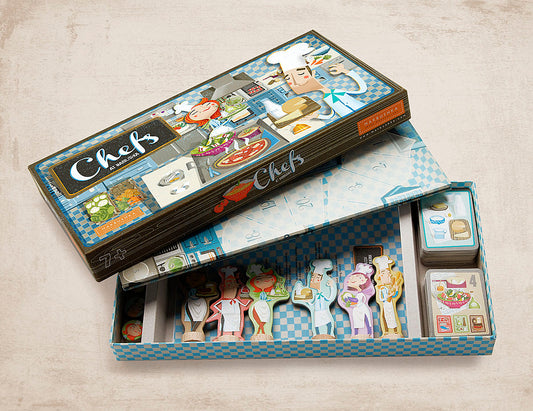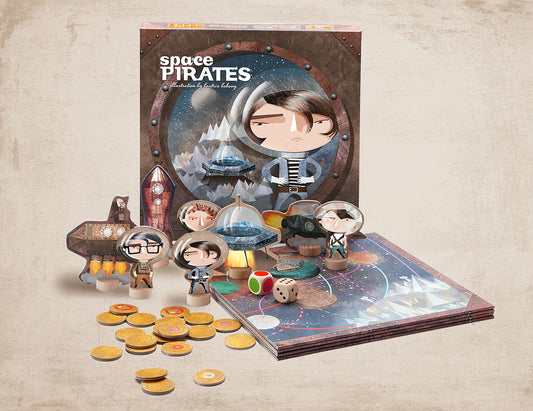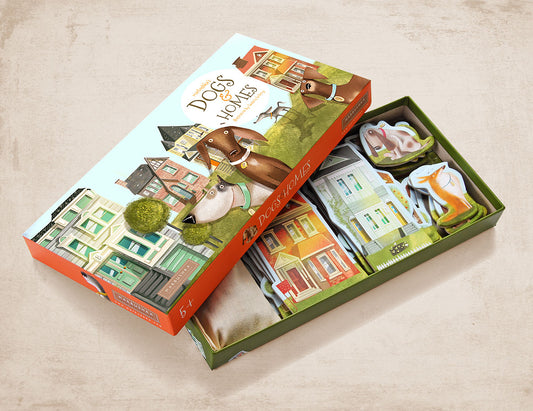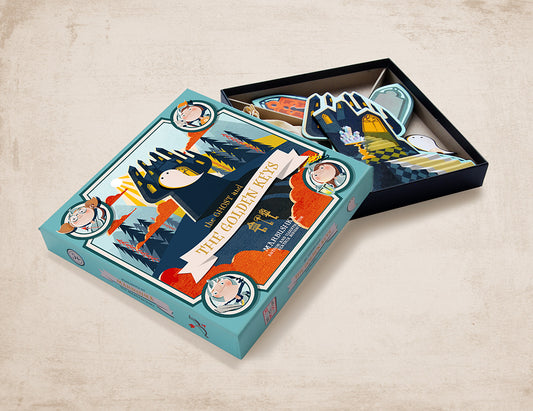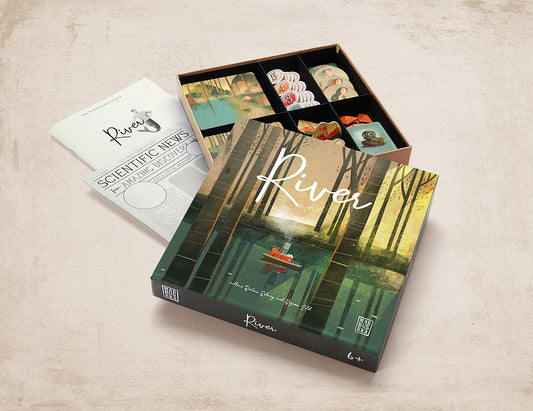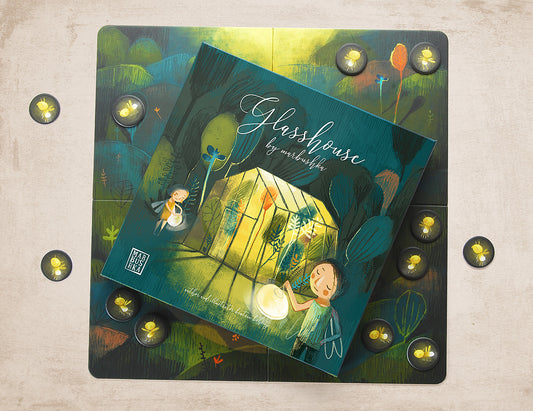-
Magnetic Dinosaur Set (T.Rex, Brachiosaurus, Triceraops, Stegosaurus)
Regular price $119.90Regular priceUnit price per -
Magnetic Nordic Owl
Regular price $29.90Regular priceUnit price per -
Magnetic Nordic Fox
Regular price $29.90Regular priceUnit price per -
Magnetic Bears- Collection of Panda, Koala and Grizzly Bear
Regular price $49.90Regular priceUnit price per -
Magnetic Toys- Collection of Australia Animals (Koala, Kangaroo, Emu, Dingo)
Regular price $109.90Regular priceUnit price per -
Magnetic Squirrel
Regular price $29.90Regular priceUnit price per -
Magnetic Set of 8 Toys: Wolf, Fox, Rabbit, Bear, Squirrel, Deer, Hedgehog and woodpecker!
Regular price $199.90Regular priceUnit price per -
Magnetic Rabbit
Regular price $29.90Regular priceUnit price per -
Magnetic Set of 4 Bremen Town Musicians- Dog, Cat, Rooster, Donkey
Regular price $109.90Regular priceUnit price per -
Magnetic Dog
Regular price $29.90Regular priceUnit price per -
Magnetic Cat
Regular price $29.90Regular priceUnit price per -
Magnetic Animals- Monkey, Elephant, Giraffe, Rhinoceros, Lion (Set of 5)
Regular price $139.90Regular priceUnit price per -
Magnetic Lion
Regular price $29.90Regular priceUnit price per -
Magnetic Giraffe
Regular price $29.90Regular priceUnit price per -
Magnetic Elephant
Regular price $29.90Regular priceUnit price per -
Nature Puzzle (52 pieces)
Regular price $26.90Regular priceUnit price per -
City Puzzle (52 pieces)
Regular price $26.90Regular priceUnit price per -
Christmas Tale
Regular price $58.90Regular priceUnit price per -
Space Pirates!
Regular price $58.90Regular priceUnit price per -
Dogs & Homes
Regular price $58.90Regular priceUnit price per -
The Ghost & The Golden Keys
Regular price $56.90Regular priceUnit price per -
Glasshouse
Regular price $58.90Regular priceUnit price per
8-12 Years Old Toys & Games Price List
This data was last updated on 12/09/2025
Toys play a crucial role in the development of 6 to 9-year-old children, aiding their cognitive, social, and physical growth. A wide range of toys is available to engage and entertain kids in this age group especially toys for 8 year olds, catering to their evolving interests and abilities.
One popular category of toys for 8 year olds is building and construction sets. These toys for 8 year old boys, such as LEGO and magnetic building blocks, promote spatial awareness, problem-solving, and fine motor skills. Children can explore their creativity, construct intricate designs, and learn basic engineering principles while having fun.
Puzzles and brainteasers are excellent toys for honing logical thinking and problem-solving skills. Jigsaw puzzles, Rubik's cubes, and logic games challenge children's minds, promote critical thinking, and enhance their perseverance and patience. Artistic expression is another key aspect of a child's development. Toys like art sets, drawing pads, and craft kits encourage creativity and fine motor skills. Painting, sculpting, and crafting allow kids to explore their imagination, develop their artistic abilities, and express themselves.
Active play is essential for physical development and overall health. Sports equipment, bicycles, and outdoor games provide opportunities for children to exercise, enhance their coordination, and develop teamwork and sportsmanship. Toys that encourage active play also help children burn off excess energy and improve their focus. Educational toys are ideal for combining fun and learning. Science kits, coding games, and educational board games promote a variety of skills, including scientific inquiry, coding basics, and logical reasoning. These toys foster curiosity, cultivate a love for learning, and supplement formal education. Role-playing toys, such as dollhouses, play kitchens, and action figures toys for 8 year old boys, facilitate imaginative play and social interaction. Kids can engage in pretend play, develop storytelling skills, and practice empathy and cooperation as they create their own narratives and scenarios.
Toys for 6 to 9-year-olds should strike a balance between entertainment and educational value. They should be age-appropriate, safe, and encourage active engagement. By providing a diverse range of toys that cater to their interests and developmental needs, parents and caregivers can support children's growth and provide them with enjoyable and enriching play experiences.
FAQ's
Safety is paramount. Look for toys that meet safety standards and have undergone proper testing. Check for small parts that could pose choking hazards, sharp edges, or toxic materials. Additionally, ensure that the toy is durable and free from any potential hazards.
Consider the child's interests and preferences. Choose toys that align with their hobbies, talents, and personality. Toys that promote creativity, problem-solving, and imagination are excellent choices as they stimulate cognitive development. Finally, consider the quality and durability of the toy. Opt for well-made toys that can withstand rough play and will last longer, providing more value for money.
By considering age appropriateness, safety, the child's interests, and the quality of the toy, you can make informed choices that will not only entertain but also contribute to a child's overall development and well-being.
- Age appropriateness: Choose toys that are specifically designed for 8-year-olds. These toys are tailored to their cognitive abilities, physical skills, and emotional development.
- Active engagement: Look for toys that encourage active play and physical activity. Sports equipment, bicycles, and outdoor games can help boys develop coordination, strength, and teamwork skills.
- STEM toys: Consider toys that promote science, technology, engineering, and math (STEM) skills. Building sets, coding kits, and science experiment kits can stimulate problem-solving, critical thinking, and creativity.
- Imaginative play: Boys at this age often enjoy imaginative play. Look for toys that allow them to create their own stories and scenarios, such as action figures, building blocks, or role-playing sets.
- Social interaction: Toys that promote social interaction and cooperation can be beneficial. Board games, team sports, and cooperative play sets encourage communication, teamwork, and sportsmanship.
- Quality and durability: Choose toys that are well-made and durable to withstand rough play and last longer.
On average, 8-year-olds may spend several hours a week playing with their toys, but this can vary depending on factors such as school schedules, extracurricular activities, and personal preferences. Some children may immerse themselves in imaginative play or building projects for hours at a time, while others may have shorter bursts of play or engage in a wider range of activities.
It's important to note that as children grow older, their play patterns and interests evolve. They may begin to explore new hobbies, engage in more social activities, or show increased interest in technology and screen-based entertainment. However, the duration of play with toys can still be significant, especially when the toys align with their evolving interests and development.


